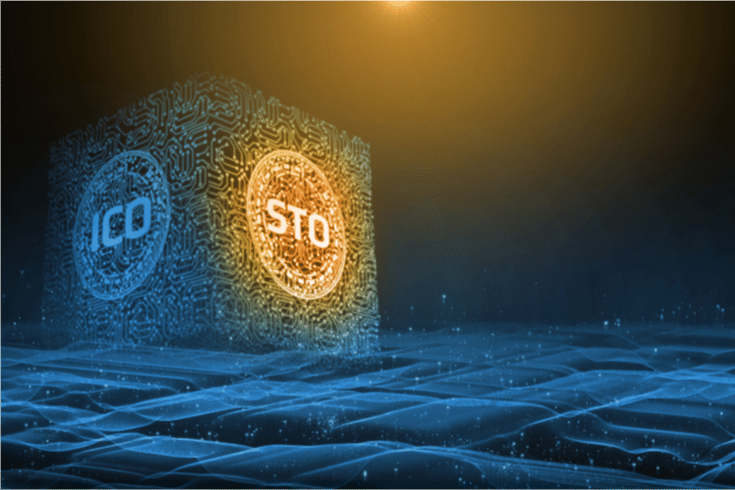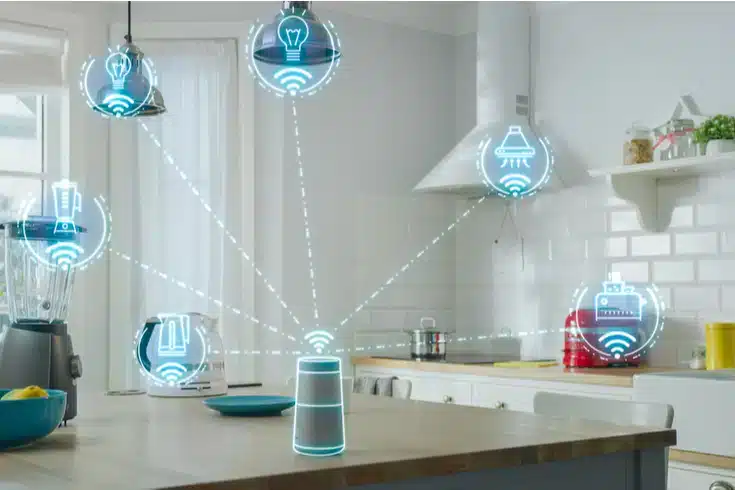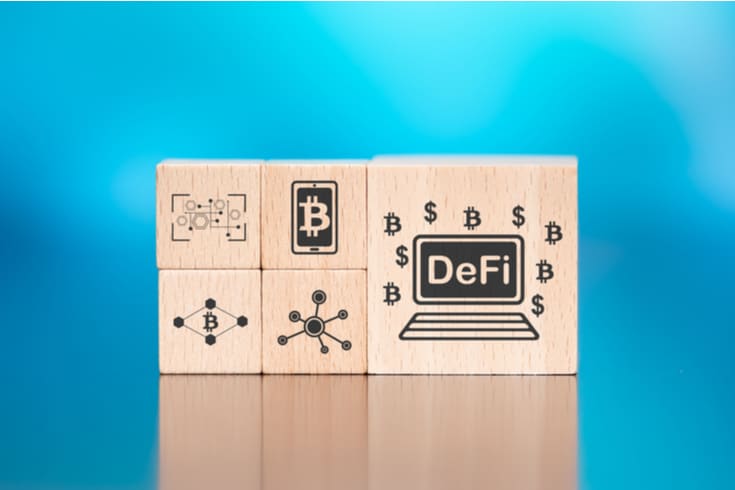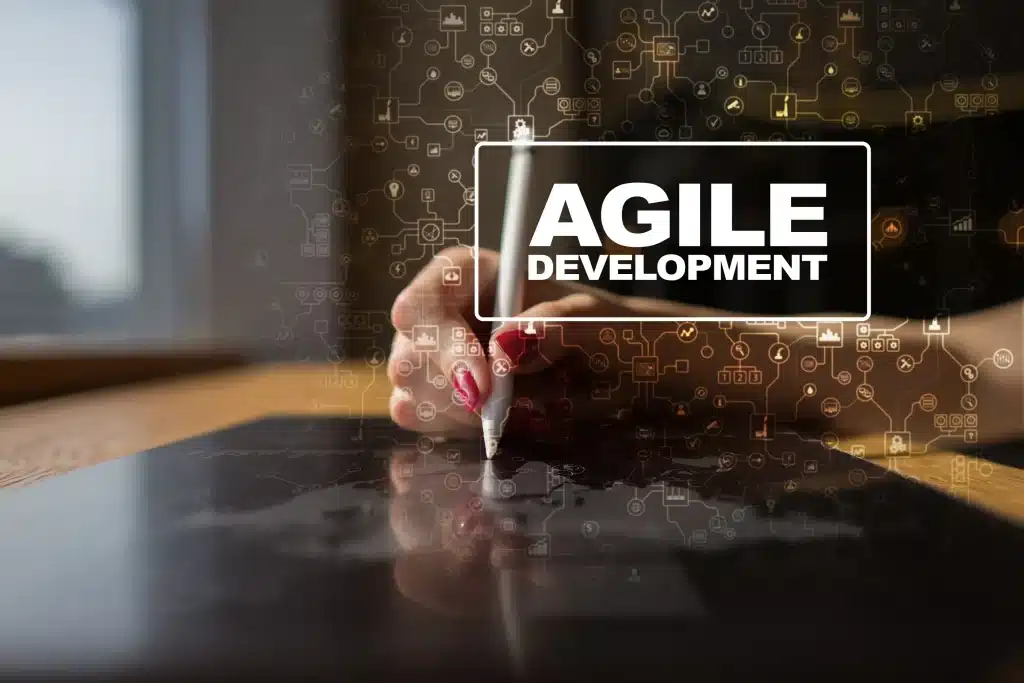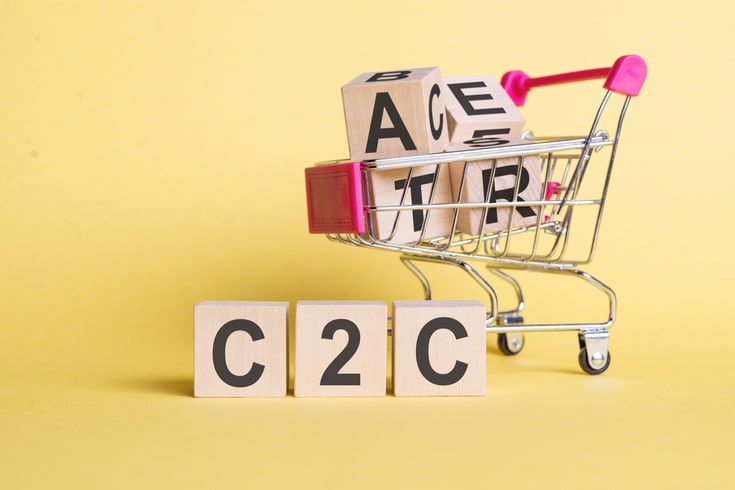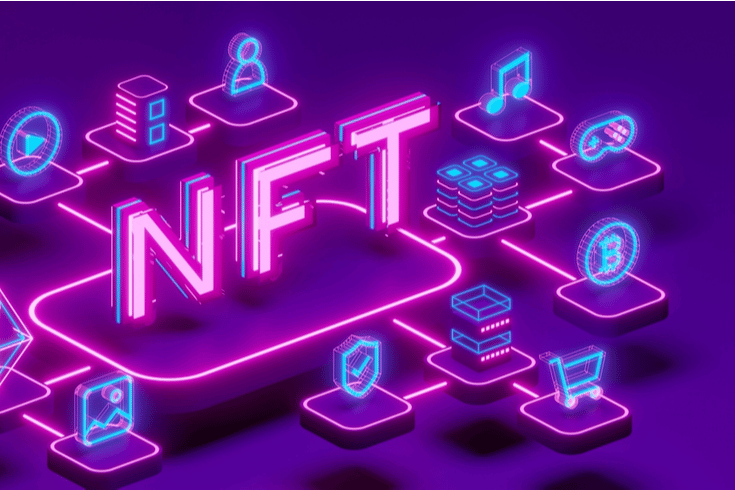Who Owns the Copyright of a Program's Source Code in Japanese Law?

According to Japan’s Copyright Act, a computer program is explicitly recognized as a “work of authorship.”
However, unlike novels or paintings, programs related to system development often created through collaboration among multiple employees or a number of corporations.
This can lead to an ambiguous rights situation, making it prone to complex disputes.
In this article, we will explore who owns the copyright of a program in Japan, focusing on the points that are frequently contentious and offering solutions, along with pertinent legal precedents.
What Is the Japanese Copyright Act?
The Japanese Copyright Act seeks to safeguard the rights of authors over their creations, such as novels, movies, paintings, and the like. By doing so, it intends to foster creativity and thus contribute to the “development of culture.”
One unique feature of the Japanese Copyright Act, different from the patent laws, is that rights are automatically established at the moment of creation without the need for registration with the government.
The Relationship Between “Program Works” and “Source Code” in Japan
Under the Japanese Copyright Act, just as with novels and paintings, a “program” qualifies as a “work of authorship,” and therefore can be protected by law (Article 10, Paragraph 1, Item 9 of Japan’s Copyright Act).
Article 10 (Examples of Works of Authorship) Examples of works of authorship as defined by this law are generally the following: … 9. Works of program Japanese Copyright Act Article 10, Paragraph 1, Item 9
Furthermore, a “program” is defined as:
An assembly of instructions that can operate an electronic computer to produce a specific result Japanese Copyright Law Article 1, Paragraph 1, Item 10-2
On the other hand, “source code,” though not defined legally, commonly refers to the language (such as JavaScript or Python) that humans use to write instructions for a computer. The computer then translates (compiles) this source code into machine language to carry out these instructions.
Therefore, given the above definition of a “program,” it can be said that the source code is protected as a “program work” under Japan’s Copyright Act.
Potential Copyright Issues in the Context of System Development
In the context of system development, cases where copyright becomes an issue can largely be divided into the following two types:
Who Becomes the Copyright Holder?
The question of who owns the copyright involves issues related to the success or timing of copyright transfer.
In the scene of system development, since the vendor side often proceeds with the project by dividing it among multiple workers, the subject of rights ownership tends to become ambiguous, leading to complex disputes.
Whether or not there has been a violation of copyright?
This concerns the issue of ‘whether or not there is a copyright infringement’ accompanying the duplication or adaptation of a copyrighted work.
The question of whether a program created by someone else that looks ‘very similar’ is merely ‘referenced’ or ‘copied’ falls under this issue.
Additionally, we have explained the issue of copyright infringement related to programs in detail in the article below.
Furthermore, even when the deliverables are handed over from the vendor to the user, disputes may arise concerning whether the copyright can be transferred.
Basic Knowledge Regarding Ownership of Source Code Copyright
Here we will explain basic knowledge related to copyright ownership, transfer during development, and contract documents.
The Copyright Generally Belongs to the “Person Who Created It”
First, let’s clarify to whom the copyright belongs. In the case of programs, just like novels and paintings, the principle is that the rights belong to the author (the person who created the work).
However, under Japan’s Copyright Act, when applicable to work created as part of employment, the rights are stipulated to belong to the employer, such as a corporation.
Unless otherwise stipulated in contracts, employment rules, or other arrangements at the time of creation, the author of a program created in the course of duties based on the employer’s intention shall be that corporation or similar entity. Japan’s Copyright Act, Article 15, Paragraph 2
In other words, the copyright of a program created during work hours by a vendor’s employee belongs to the vendor.
Entrusting Development Does Not Mean a Transfer of Copyright
Copyright, excluding moral rights, is a right that anticipates transfer or assignment.
However, an important point to note is that paying for development work and transferring the copyright are separate matters.
There may be a misunderstanding that, since development is commissioned for a fee, the copyright of the program itself is also transferred upon delivery.
But under Japan’s Copyright Act, the principle remains that “rights belong to the person who created it,” and not “rights belong to the person who bore the cost of creation.”
Therefore, if the consignor wants to acquire the rights, it’s necessary to create a contract in advance and include this provision in the terms of the agreement.
Presence or Absence of Clauses Regarding Copyright Transfer in Contract Documents, in Japanese Law
Regarding the arrangements for copyright transfer, the situations can be classified as follows:
- Cases where the transfer of copyright is stipulated in contracts or similar documents.
- Cases where there is no contract at all, or where no clauses regarding the transfer of copyright have
been provided in the contract or similar documents.
If the transfer of copyright is stipulated in the contract or similar documents, you will naturally be able to receive the transfer of copyright from the other party. This is because copyright is a transferable right, and the copyright owner has personally consented to its transfer.
On the other hand, if there is no contract, or if no clauses regarding copyright transfer have been provided in the contract or similar documents, or if there is no explicit agreement regarding copyright transfer, could it be that the copyright cannot be transferred?
Below, we will explain, based on court precedents, how the success or failure of copyright transfer is determined when there is no explicit agreement regarding copyright transfer.
Court Precedents in Japan Regarding Copyright Transfer When There is No Explicit Agreement
Regarding situations where there is no explicit agreement on copyright transfer, there are court precedents in Japan that have both affirmed and denied copyright transfer. What is the difference between these?
Court Precedents That Affirmed Copyright Transfer
Although it is a different field from system development, the following court precedent can be referenced.
A dispute arose over the copyright infringement concerning the design of a monument to be installed at the entrance of a station. It was between the plaintiff, who created the design for the monument, and the prefecture and a design company that was commissioned by the prefecture, which constructed the monument by partially modifying the design.
In this case, there was no explicit agreement between the plaintiff and the defendants regarding the transfer of copyright. The defendants argued that there was no copyright infringement, as the plaintiff had effectively consented to the transfer of copyright to the defendants and had agreed to the alteration of the design.
In this matter, although the success or failure of copyright transfer became the point of contention, the court indicated the following:
Considering these facts (such as the fact that the design fee was paid, and the fact that the plaintiff had even consented to further changes to the design without going through a design consultation process), and that the monument in question was to be installed at the south entrance of Gifu Station from the beginning, and that no other use was contemplated, it is reasonable to find that the appellant implicitly agreed to transfer the copyright of the design of the monument (which falls under the copyrighted works) to the appellee company when creating the monument, and obtained the reward from the appellee company in the amount demanded by the appellant (even if it is difficult to recognize that there was a clear agreement on copyright transfer, it is obvious that the appellant, at least implicitly, approved that the appellee company would carry out the design work of the monument in question by partly adopting the appellant’s design, based on the appellee prefecture’s commission, and that the appellee prefecture would construct the monument based on this from the beginning, and proposed the design for the monument in question and obtained its consideration). Tokyo High Court, May 13, 2004
In other words, even if there is no clear agreement on copyright transfer, if it is judged that the author had “implicitly agreed” to transfer the copyright, considering various circumstances in the course of performing the work, then the transfer of copyright can be recognized.
Court Cases Denying the Transfer of Copyright in Japan
On the other hand, there have also been court cases in Japan where the transfer of copyright was not recognized when there was no explicit agreement regarding the transfer of copyright.
In this case, the plaintiff, who commissioned the development of software to the defendant, claimed that the defendant failed to fulfill its contractual obligation to hand over the source code of the software. The plaintiff sought damages and a delay penalty for breach of contract.
The defendant denied the obligation to hand over the source code, denying the transfer of copyright. Therefore, the success or failure of the copyright transfer became an issue in this case as well. The court gave the following indication and did not admit the transfer of copyright.
(1) Non-existence of agreement on copyright transfer accompanying the performance of this consignment contract The plaintiff asserts that, based on this consignment contract, the transfer of the copyright of this software and this source code has been agreed, and consequently, the obligation to hand over the source code arises. According to 1(2), it can be recognized that the defendant created this source code, and the copyright of this source code originally belongs to the defendant. On the other hand, as per 1(2)(3), no document exists between the plaintiff and defendant that stipulates the transfer of the copyright of this software or this source code. As per 1, the defendant has not disclosed or handed over this source code to the plaintiff, nor has it complied with the plaintiff’s request for the handover of this source code. Also, not only did the plaintiff not request the provision of this source code from the defendant until November 2011, but as per 1(7), the plaintiff’s representative is inquiring whether the defendant can provide this source code. Thus, it can be said that the plaintiff’s representative also recognized that the above provision was not a contractual obligation. Accordingly, it cannot be recognized that the defendant agreed to transfer the copyright of this source code to the plaintiff or to hand it over, but rather, it is reasonable to recognize that there was no such agreement. Osaka District Judgment, June 12, 2014
The above indication does not use words like “tacit consent,” but from the fact that it indicates that it is not recognized that “the copyright is transferred… by agreement” on the premise that there is no explicit agreement regarding the transfer of copyright, it can be said that the judgment is made depending on the presence or absence of “tacit consent.”
The main reasons why “tacit consent” regarding copyright transfer was denied in this case are as follows:
・The source code, being a copyrighted work, was not initially requested to be disclosed or handed over
・Inquiries were made regarding the feasibility of disclosing or providing the source code
Thus, in this case, if there had been an agreement on the transfer of copyright, the copyright holder would have sought the handover of the copyrighted work from the beginning, instead of inquiring about the feasibility of providing the copyrighted work, and this was judged to be the case.
Therefore, in the absence of an explicit agreement on the transfer of copyright, it can be difficult to predict who the copyright holder is, as a rational judgment is made according to the circumstances of the case, based on the parties’ intentions and behaviors.
Consequently, it can be said that it is important to clarify the copyright holder in advance in contracts, etc., in order to avoid disputes.
How to Clearly Identify the Copyright Holder of Source Code
We will explain three ways to clearly identify the copyright holder of the source code.
Identifying the Developer of the Target Program
IT systems are typically made up of many programs and are created by multiple people working together. Therefore, it is necessary to first investigate and identify who the developer of the disputed program is.
In this case, strong clues can be found in things like the names recorded in the vendor’s work schedule, or the creator information in the comment section of the source code.
Clarifying the Relationship between Developers and Companies
As previously mentioned, if a work falls under a work for hire, the copyright does not belong to the person who wrote the source code. Instead, the copyright is attributed to the corporation or other legal entity employing that person.
When a program’s development occurs under the supervision and control of the company to which the developer belongs, it is relatively easy to recognize the work as a work for hire.
However, on the other hand, if you assume a relationship based on a personal connection, something akin to “helping out,” there may be a possibility that the applicability of work for hire becomes a matter of dispute.
Considering Copyright Transfer Agreement in Advance
If a client claims to have received rights from a vendor, they will bear the burden of proof. Also, the success or failure of a copyright transfer is a matter that can be freely agreed upon between the parties.
Therefore, to avoid such disputes in advance, it is advisable to make provisions for things like the attribution or transfer of copyright, the scope of the license from the vendor, etc., in the contract, at the stage of commissioning system development.
Note that in the template for system development contracts released by government agencies, referred to as the “Japan’s Ministry of Economy, Trade and Industry Model Contract,” the following provisions are described as a reference:
Article 45 (Copyright of Delivered Goods) Copyright relating to the delivered goods (including the rights under Articles 27 and 28 of Japan’s Copyright Law) shall be attributed to the Party B, excluding the copyright of works previously owned by Party A or a third party. (Remainder omitted) Japan’s Ministry of Economy, Trade and Industry “Information System Model Transaction Contract (Contract Development (including some planning), Maintenance Operation) 〈Second Edition〉”
※ Party A is the user, Party B is the vendor. The above template is just an example, attributing copyright to the vendor, but it is also possible to contract to attribute copyright to the user.
Summary: Clearly Define the Attribution of Copyright for Source Code in Contracts, etc.
Disputes over the attribution of copyright in system development can be prevented by creating contracts in advance.
However, drafting contracts requires legal knowledge. If you want to avoid trouble when creating contracts, it would be safest to rely on a lawyer with legal expertise.
If you are struggling with copyright attribution issues, please feel free to contact our office.
Introduction to Measures by Our Office
Monolith Law Office is a law firm with high expertise in both IT, especially the internet、and law. In recent years, intellectual property rights surrounding copyright have been drawing attention, and the need for legal checks is increasing more and more. Our office provides solutions related to intellectual property. The details are described in the article below.
Category: IT
Tag: ITSystem Development

